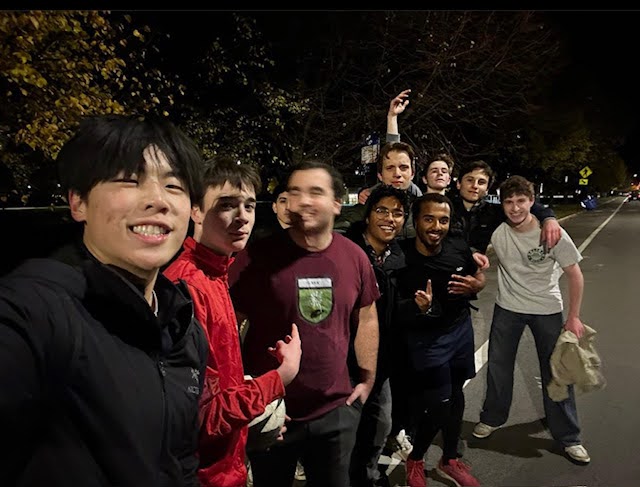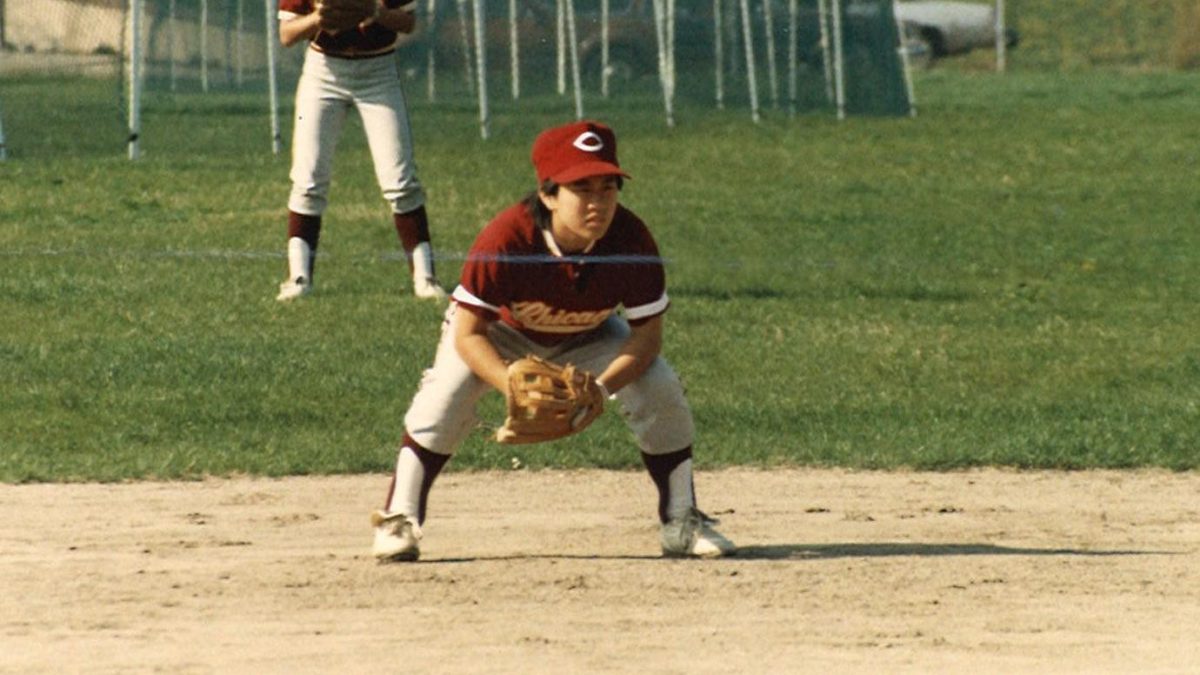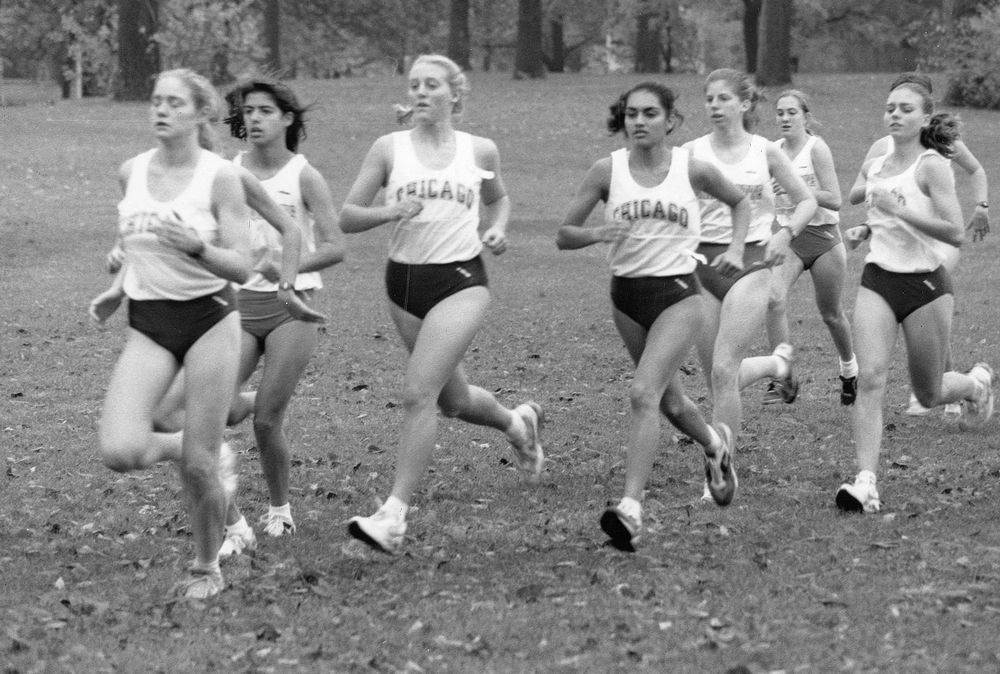More than seven decades sonce their last meeting, the University of Chicago and Waseda University of Japan have renewed the international rivalry that began in 1910.
The Maroons (4–3) embarked on a four-day tour of Japan over spring break, playing a three-game exhibition series against Waseda at the Hiroshima City Stadium, the Osaka Dome, and the Seibu Dome in Tokyo on consecutive days.
“Japan was the best four days of my collegiate experience,” third-year outfielder Travis Blane said. “The Japanese people were the most welcoming and courteous people. We were treated as though we were professional athletes on the field and like celebrities off the field.”
Before spring break, no player on Chicago’s 25-man roster had ever been to Japan, making the trip less about competition and more about gaining unique experience on and off the field.
“We did not know exactly what to expect,” Blane said. “I can tell you that what we experienced, though, went so far beyond anyone’s wildest dreams, from playing in front of 17,000 in Hiroshima to meeting, playing against, and befriending the top college baseball players in the world, who were the most gracious and most talented players I’ve ever met.”
Despite the language gap for some players, the Maroons took advantage of their opportunity to meet with their Japanese counterparts.
“I talked to several players on the Waseda team, and they were so humble it amazed me. Waseda is arguably one of the best college baseball teams in the world, and it’s crazy to think that their players act like it’s not a big deal,” third-year catcher Scott Hofer said. “I got the sense that the team really didn’t do much other than baseball…. A few of the players told me that they rarely study.”
The differences also carry onto the field, as Japanese teams play with slightly smaller bats and balls, along with a few differences in the rules.
“Their pitching and hitting mechanics are definitely unique,” Hofer said. “Some of their pitchers would pause in the middle of their windup, which I think is illegal in the American game.”
The 10-series rivalry with the Maroons that lasted from 1910 to 1936 helped Waseda capitalize on Japan’s burgeoning enthusiasm for America’s pastime. Once suffering a 20–0 loss at the hands of the Maroons, Waseda has won 39 national collegiate titles since 1925, including last year’s crown.
This year, the South Siders met a dominant squad that features five players from the team that brought Japan victory in the USA vs. Japan Collegiate All-Stars Series last year.
Reminiscent of the crowds of 20,000 fans that watched the rivalry unfold nearly 100 years ago, 10,000 spectators gathered in Hiroshima, where the Maroons first played Waseda.
“The atmosphere was definitely intense,” Hofer said. “After every ball was hit, you could literally hear and feel the reaction of the crowd. I think we were all on edge the first inning in Hiroshima. We all sort of calmed down after that and just enjoyed the moment.”
The defending Japanese national champions dominated from the outset of the first game of the series, scoring eight runs in the opening three innings en route to a 15–0 victory. Starting for Waseda was nationally heralded prospect Yuki Saito, who led Waseda to the autumn league championship with a 0.78 ERA over 57 2/3 innings of work.
“Yuki Saito is basically a rock star in Japan,” second-year infielder Rob Serpico said. “If you look up the highlights of our games versus Waseda, all you see is highlights of Yuki Saito. Even though every member of their team was very good, Yuki was the only one to get any media attention.”
Heading to Osaka for the second match up, the South Siders stayed within a run through six innings. Waseda, however, posted six runs over the final three innings to capture an 8–1 win.
Closing out the series in Tokyo, the Maroons struggled in the first inning of game three, giving up four runs in the frame. Waseda went on to win 10–0, but not before the crowd collectively gasped at fourth-year pitcher Dominik Meyer’s come-backer straight into Saito’s glove.
A winless, 0–3 record in the exhibition games means very little for the Maroons, many of whom consider the trip to be the best way to start a season.
“It brought our team closer than any trip I’ve been on in the past three years,” Blane said. “Also, when you play the 39-time national champion of Japan, you come into Arizona much more ready to play competition that is not even near the same plateau as what we faced three games in a row in Hiroshima, Osaka, and Tokyo.”
Leaving Tokyo, the South Siders flew straight from Japan into Arizona, where they started their official season with a 9–7 win over Oberlin. Later in the trip, fourth-year Nate Ginsberg pitched nine innings with 10 strikeouts and no earned runs.
After going 4–2 in Arizona, the Maroons returned to Illinois and suffered a 17–7 loss to Concordia Chicago. Meyer and Blane each blasted three-run home runs to give the South Siders an early 7–2 lead, but Concordia took the lead in the seventh before scoring nine runs in the final two innings.
Meyer, who collected hits in each of Chicago’s three games against Waseda, is leading the Maroons with 18 RBIs and 14 hits through seven games.







